The 2025 Humanoid Robot Landscape: Identifying and Rectifying Damage – A Fix4Bot.com Guide
The year is 2025. Humanoid robots, once the stuff of science fiction, are now a tangible and increasingly integrated part of our lives. From providing empathetic companionship to streamlining complex industrial processes, these marvels of engineering are reshaping industries and redefining the boundaries of human-machine interaction. The proliferation of sophisticated AI, advanced materials science, and increasingly dexterous mechanics has ushered in a golden age of humanoid robotics. This evolution, however, introduces a new set of challenges: ensuring the continued operational integrity of these complex systems. Damage, whether accidental, operational wear and tear, or the result of unforeseen environmental factors, is an inevitable reality. This is where Fix4Bot.com comes in.
This article will delve into the common failure points in 2025’s leading humanoid robots, categorized by system, highlighting detection methods, and outlining repair strategies facilitated by the Fix4Bot.com platform. We’ll address everything from subtle sensor degradation to catastrophic structural failures, offering a comprehensive overview of diagnostic and remedial approaches. We’ll also explore preventative maintenance and emerging technologies impacting robot longevity and repairability.
The Top 10 (and Beyond): A Consolidated Vulnerability Assessment
While numerous humanoid robots are making waves in 2025, let’s consider the vulnerabilities inherent in the design and application of several prominent models, understanding that these issues likely resonate across the broader field. We’ll categorize vulnerabilities into Mechanical, Electrical/Electronic, Software/AI, and Sensor Systems, with Fix4Bot.com solutions integrated throughout.
1. Atlas-X (Boston Dynamics Inspired): Mechanical Issues
Atlas-X, a successor to Boston Dynamics’ Atlas, is renowned for its dynamic locomotion and ruggedness. However, its highly articulated design introduces stress points, particularly in the ankles, knees, and hips.
- Common Damage: Repeated impact during dynamic movements leads to joint wear, lubrication degradation, and eventual actuator failure. Rapid temperature fluctuations can also cause material fatigue in the carbon fiber exoskeletal structure.
- Diagnosis: Fix4Bot.com Integrated Vibration Analysis (IVA) modules can detect subtle changes in joint vibration patterns, indicating wear and tear before visible damage is apparent. Thermal imaging can identify localized hotspots suggesting structural stress. Our Non-Destructive Testing (NDT) suite allows for subsurface crack detection in the carbon fiber matrix.
- Repair: Modular actuator replacement – Fix4Bot.com’s extensive parts catalog provides direct access to pre-certified replacements. Advanced resin injection techniques for carbon fiber repair, guided by Fix4Bot.com’s Haptic Guidance System for precise material application. AI-powered torque optimization to redistribute stress and extend joint life.
2. SophiaNext (Hanson Robotics Evolution): Electrical & Electronic Failures
SophiaNext, focusing on social interaction and human-like expressions, relies on a sophisticated network of servo motors, embedded systems, and power management circuitry.
- Common Damage: Power surges, electromagnetic interference (EMI), and overheating are primary concerns. Degradation of flexible printed circuits (FPCs) within the face and neck mechanisms is another frequent problem.
- Diagnosis: Fix4Bot.com’s Multimeter Diagnostics Suite performs automated circuit testing, identifying short circuits, open circuits, and voltage fluctuations. Thermal profiling tools pinpoint overheating components. EMI shielding integrity testing identifies vulnerabilities to external interference.
- Repair: Soldering and micro-repair tools accessible through Fix4Bot.com for FPC repair. Direct access to integrated circuit replacements. Advanced heat sinking techniques and thermal management solutions – Fix4Bot.com offers optimized thermal paste formulations and custom cooling solutions.
3. CareBot 5000 (Healthcare Assistant): Software & AI Glitches
CareBot 5000, designed for patient assistance and monitoring, necessitates reliable and robust software performance.
- Common Damage: AI model drift due to outdated training data, corrupted memory allocation leading to unpredictable behavior, and security breaches compromising patient data.
- Diagnosis: Fix4Bot.com’s AI Performance Monitoring Suite actively tracks AI model accuracy, identifying drift and bias. Real-time code analysis detects memory leaks and other software anomalies. Intrusion detection systems highlight potential security vulnerabilities.
- Repair: Automated software updates and retraining routines orchestrated through Fix4Bot.com. Rollback functionality to revert to previous stable software versions. Secure patching and vulnerability remediation tools. Specialized AI debugging tools to isolate and resolve behavioral anomalies.
4. HomeServe-Pro (Household Domotics): Sensor System Degradation
HomeServe-Pro, the versatile household assistant, depends heavily on a suite of sensors – cameras, LiDAR, ultrasonic sensors, and tactile sensors.
- Common Damage: Environmental contaminants (dust, moisture), physical damage, and sensor degradation over time reduce accuracy and reliability. LiDAR scattering due to reflective surfaces can create phantom obstacles.
- Diagnosis: Fix4Bot.com’s Sensor Performance Calibration System automatically assesses sensor accuracy and identifies drift. Image quality analysis detects camera lens degradation or sensor anomalies. LiDAR pattern analysis identifies scattering issues.
- Repair: Accessible replacement parts for all major sensor types. Integrated cleaning protocols and protective coatings to mitigate environmental damage. Sensor fusion algorithms that compensate for individual sensor limitations.
5. SecureGuard (Security & Surveillance): Joint and Actuator Weakness
SecureGuard is built for prolonged operation and dynamic responses. This puts a strain on both mechanical and power systems.
- Common Damage: Fatigue cracks in load-bearing joints, overheating of high-torque actuators, and vulnerabilities of battery systems.
- Diagnosis: Fix4Bot.com’s Stress Analysis Simulation Software predicts potential failure points based on operational load profiles. Thermal sensors linked to the Fix4Bot platform enable real-time monitoring of actuator temperatures.
- Repair: Modular joint replacement, advanced lubrication techniques, and battery health diagnostics.
Beyond these highlighted models, here’s a breakdown of common issues across the humanoid robot spectrum and Fix4Bot.com solutions:
General Mechanical Concerns:
- Gearing and Bearing Wear: Fix4Bot.com offers precise bearing replacement kits and predictive maintenance algorithms to schedule replacements proactively.
- Cable and Wire Degradation: Automated cable inspection routines using AI-powered visual analysis. Replacement cable sets with reinforced shielding for increased durability.
- Material Fatigue: Advanced polymer repair techniques, guided by Fix4Bot.com’s 3D modeling functionality to ensure precise alignment and structural integrity.
Electrical/Electronic Issues:
- Power Supply Failures: Fix4Bot.com stocks compatible power supply units and provides diagnostic tools to identify power-related glitches.
- Communication Bus Errors (CAN, Ethernet): Network diagnostics tools to identify and isolate communication failures. Secure firmware updates to address communication protocols vulnerabilities.
- Motor Driver Circuitry Problems: Modular motor driver replacements and troubleshooting guides accessible via the Fix4Bot.com platform.
Software & AI Challenges:
- Localization and Mapping Errors: Advanced SLAM (Simultaneous Localization and Mapping) algorithms with improved robustness to dynamic environments.
- Object Recognition Failure: AI retraining tools to improve object recognition accuracy based on updated datasets.
- Unintended Movement Patterns ("Robot Hiccups"): Root cause analysis tools to identify and eliminate erratic behavior, preventing potential harm.
Sensor System Issues:
- Depth Sensor Noise: Filtering algorithms and sensor calibration routines to minimize noise and improve depth perception accuracy.
- Contact Sensor Malfunctions: Fault isolation tools to identify defective contact sensors and facilitate rapid replacement.
- Environmental Interference: Software compensation techniques to mitigate the effect of noise and interference.
Emerging Technologies Enabling Enhanced Repair & Longevity
The future of humanoid robot maintenance hinges on several technological advancements that Fix4Bot.com is actively integrating:
- Self-Diagnostics and Repair (Autonomy): Next-generation robots are incorporating self-diagnostic capabilities that proactively identify potential problems. Fix4Bot.com’s API allows for seamless integration with these systems, automating repair requests and parts ordering.
- 3D Printing for On-Demand Parts: Localized 3D printing facilities, supported by Fix4Bot.com’s on-demand parts manufacturing service, significantly reduce downtime by providing access to custom replacement parts.
- Bio-Inspired Materials: The increasing use of self-healing polymers and other bio-inspired materials reduces the need for costly repairs and significantly extends robot lifespan. Fix4Bot.com offers specialized repair kits and techniques for these advanced materials.
- Digital Twins: Creating virtual replicas of robots allows for remote diagnostics, simulations, and predictive maintenance – a key component of Fix4Bot.com’s proactive maintenance programs.
Fix4Bot.com: Your Partner in Humanoid Robot Sustainability
The complexity of humanoid robots demands a sophisticated and readily accessible support ecosystem. Fix4Bot.com is designed to be just that – a centralized platform connecting robot owners, technicians, and manufacturers with the resources needed to maintain and repair these increasingly vital machines. Our comprehensive suite of diagnostic tools, repair guides, parts catalogs, and expert support ensures that your humanoid robots remain operational, safe, and productive, contributing to a future where humans and robots seamlessly coexist. By adopting a proactive and data-driven approach to maintenance, facilitated by Fix4Bot.com, the promise of a 2025 powered by humanoid robots becomes a sustainable and reliable reality.
[#HumanoidRobots #AI #Robotics #FutureTech #Top10 #LLM #Largelanguagemodel #AI #ArtificialIntelligence #MachineLearning #DeepLearning #NeuralNetworks #Robotics #DataScience]

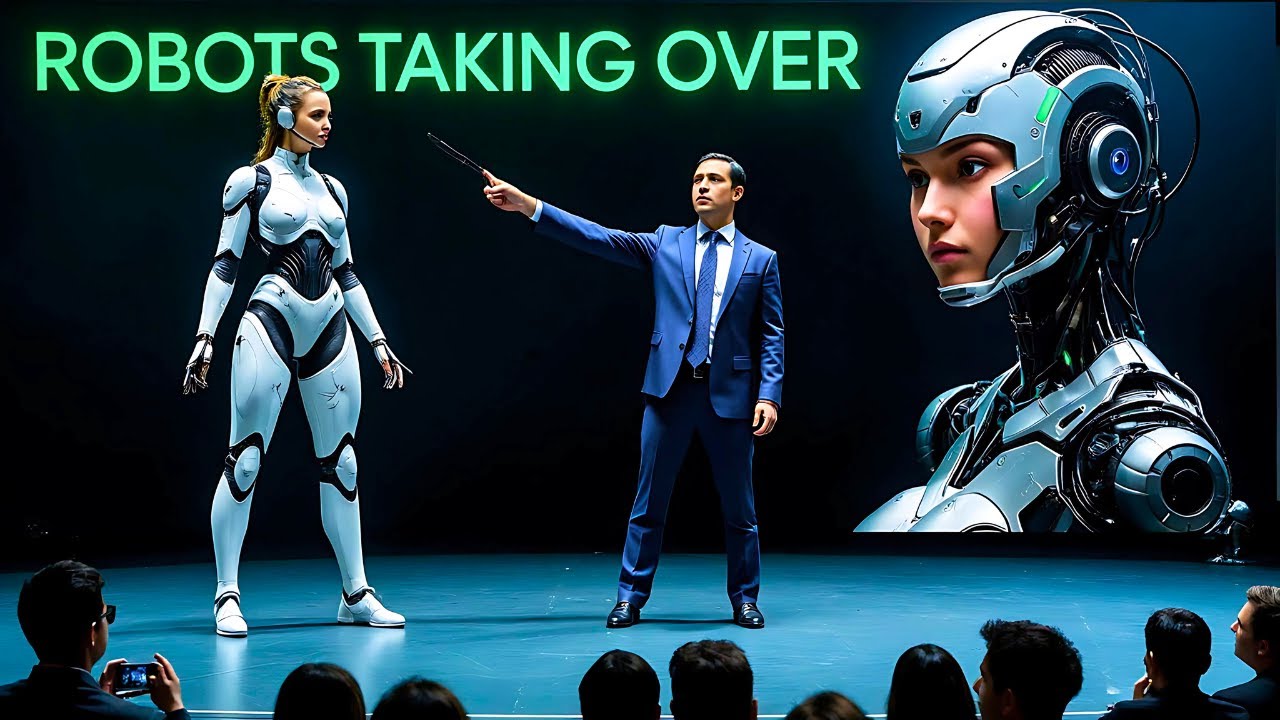
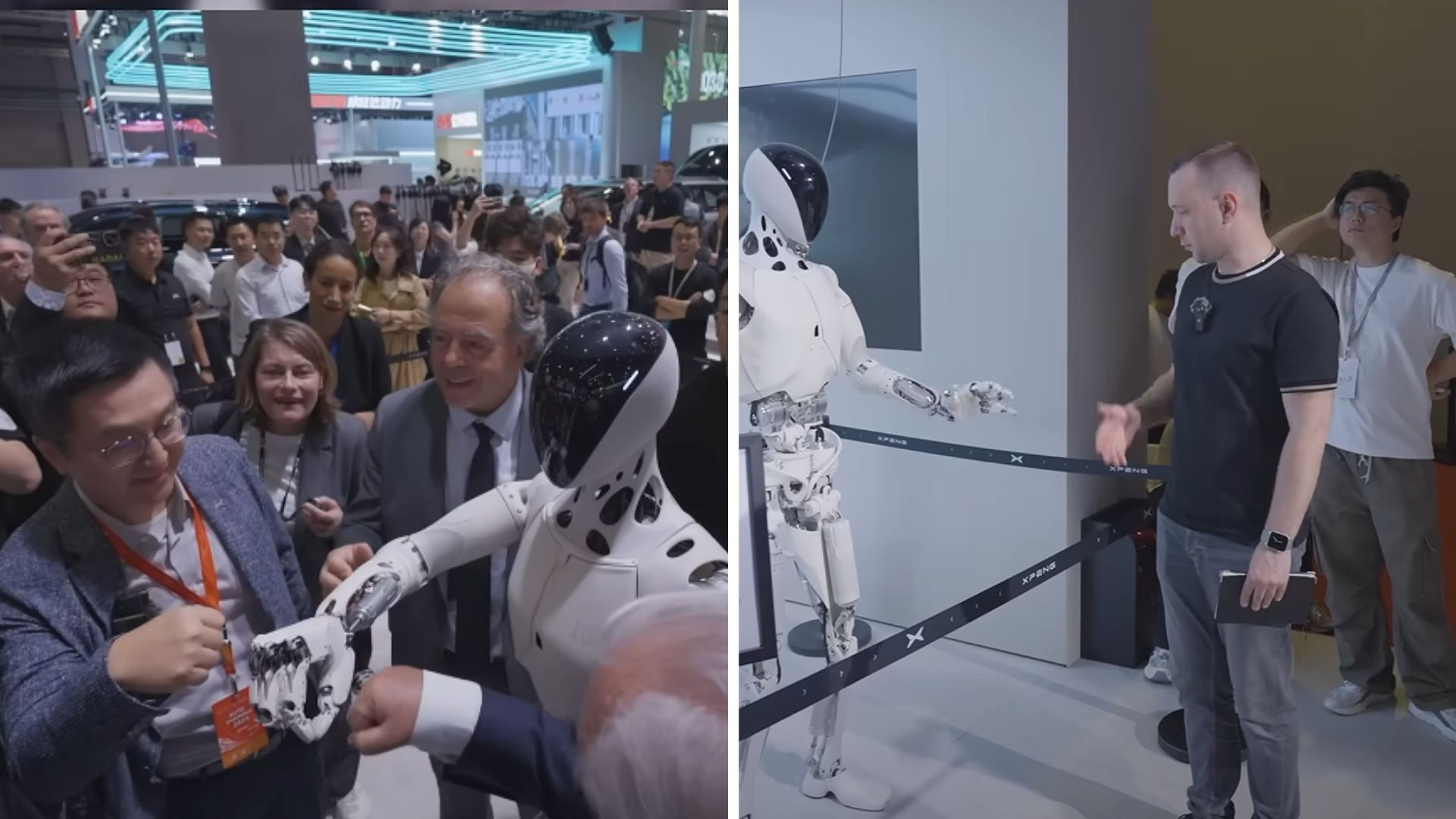

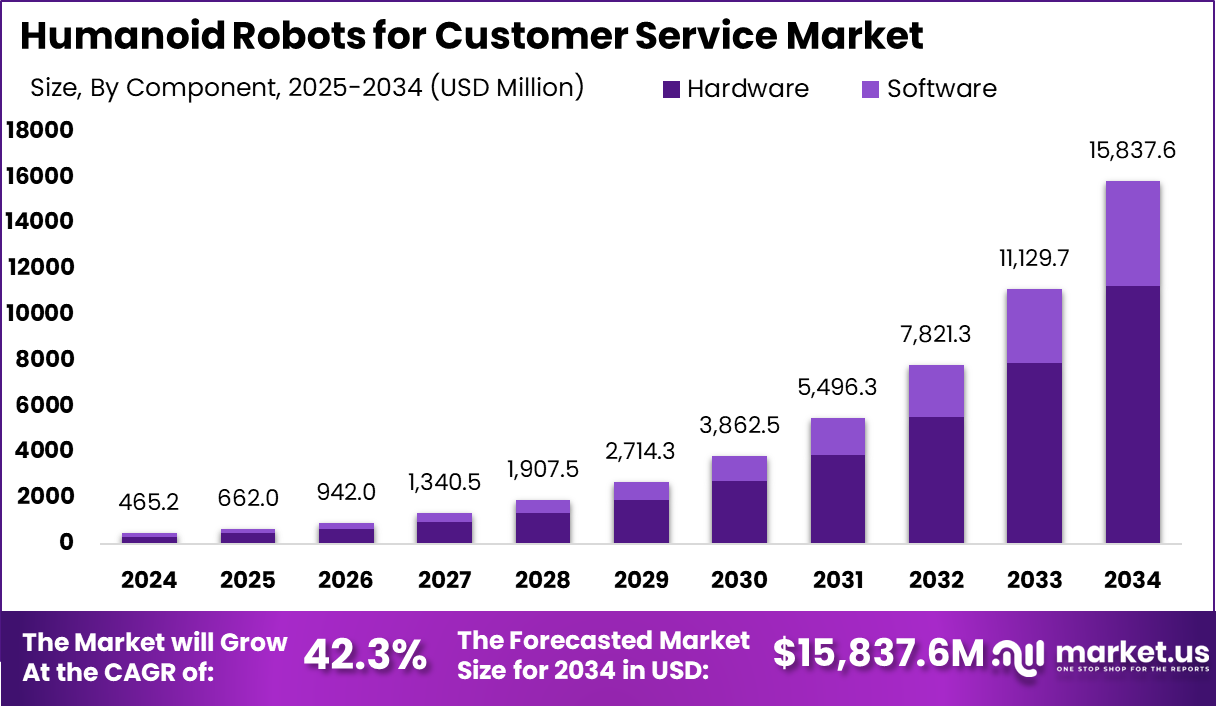
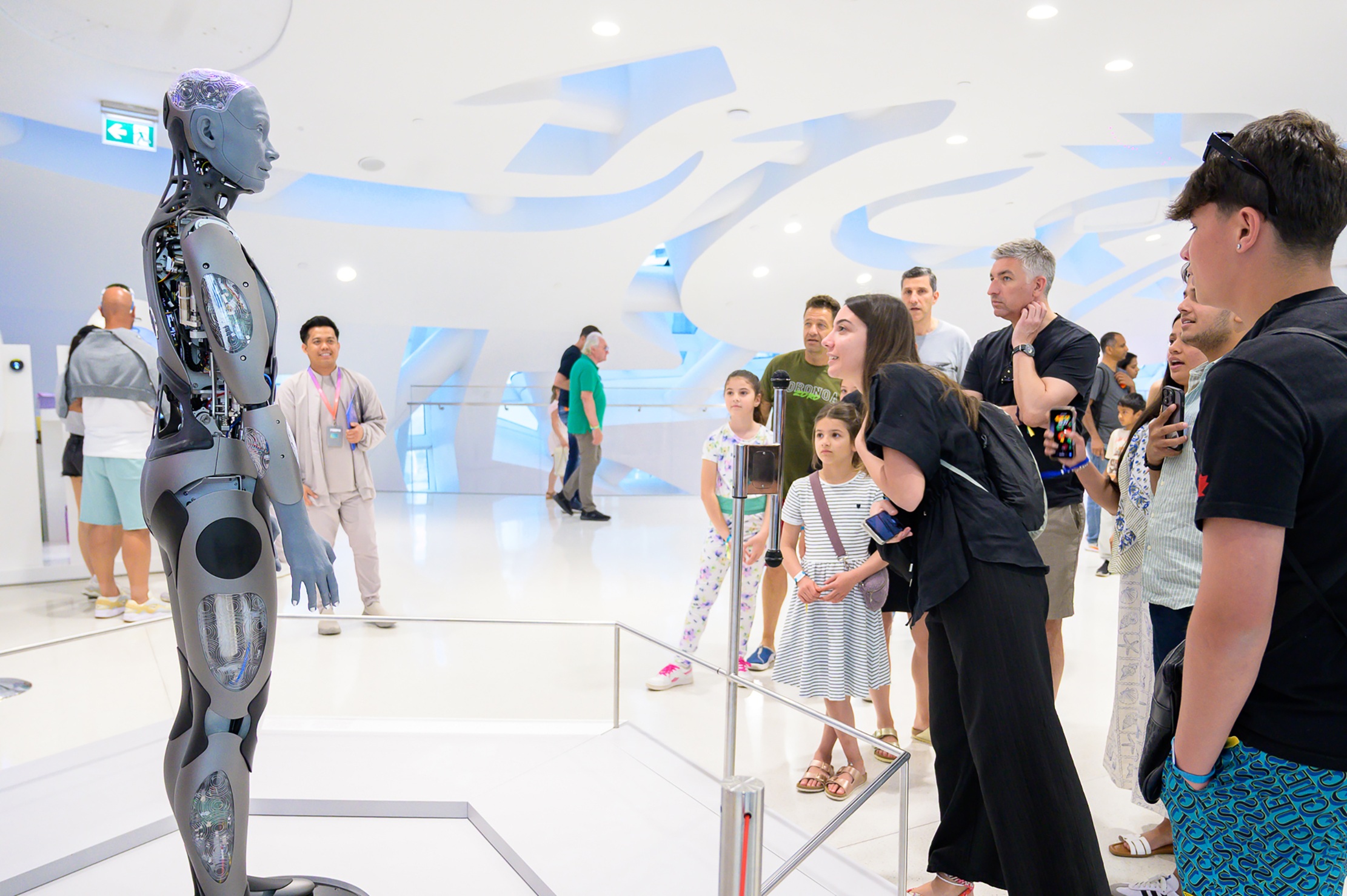
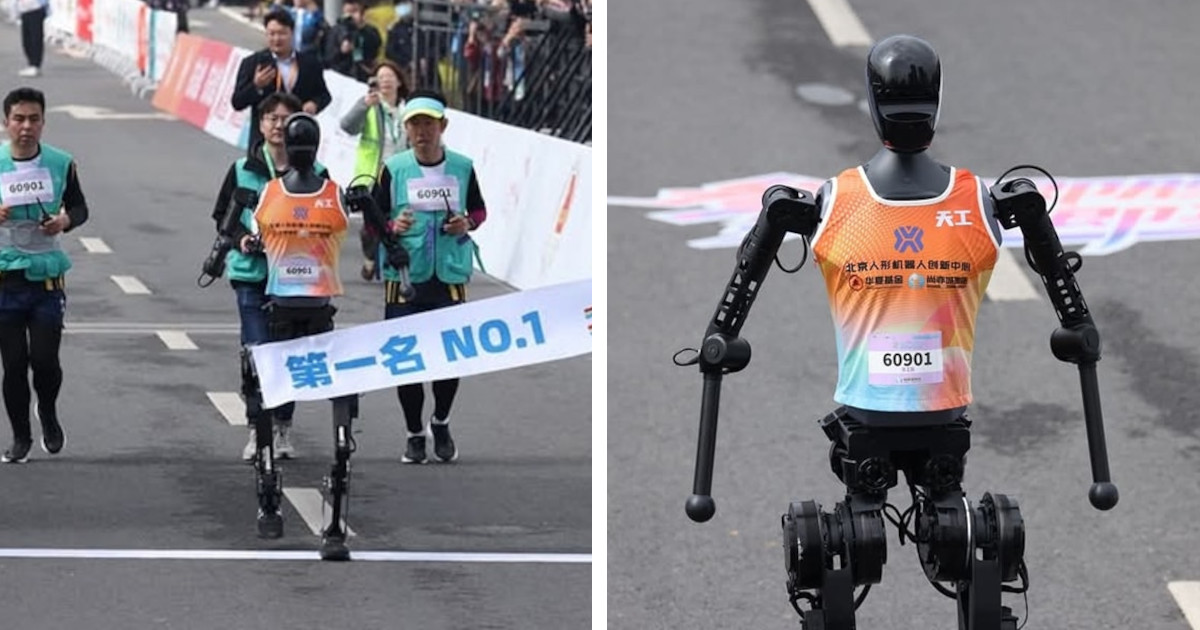
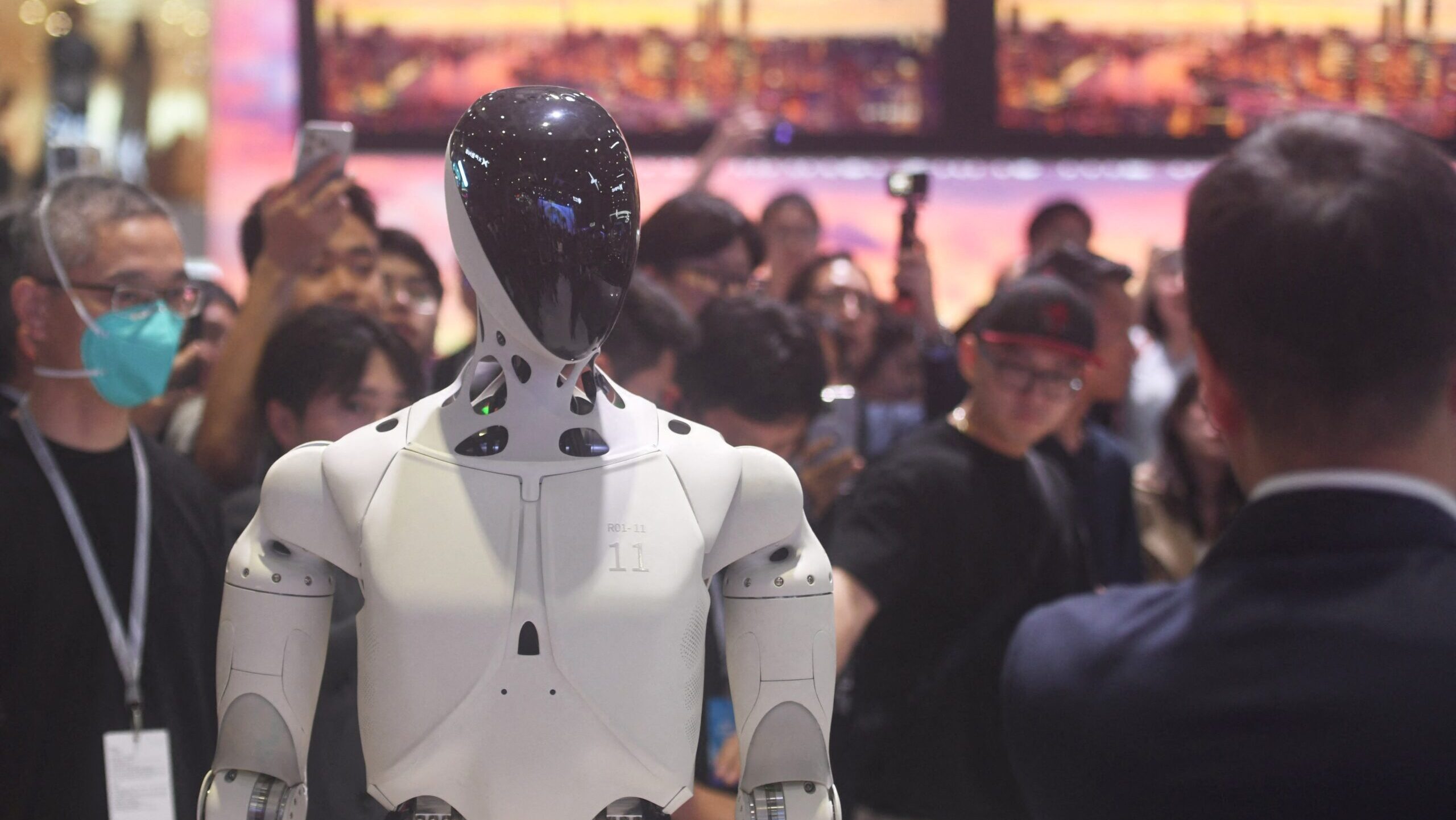

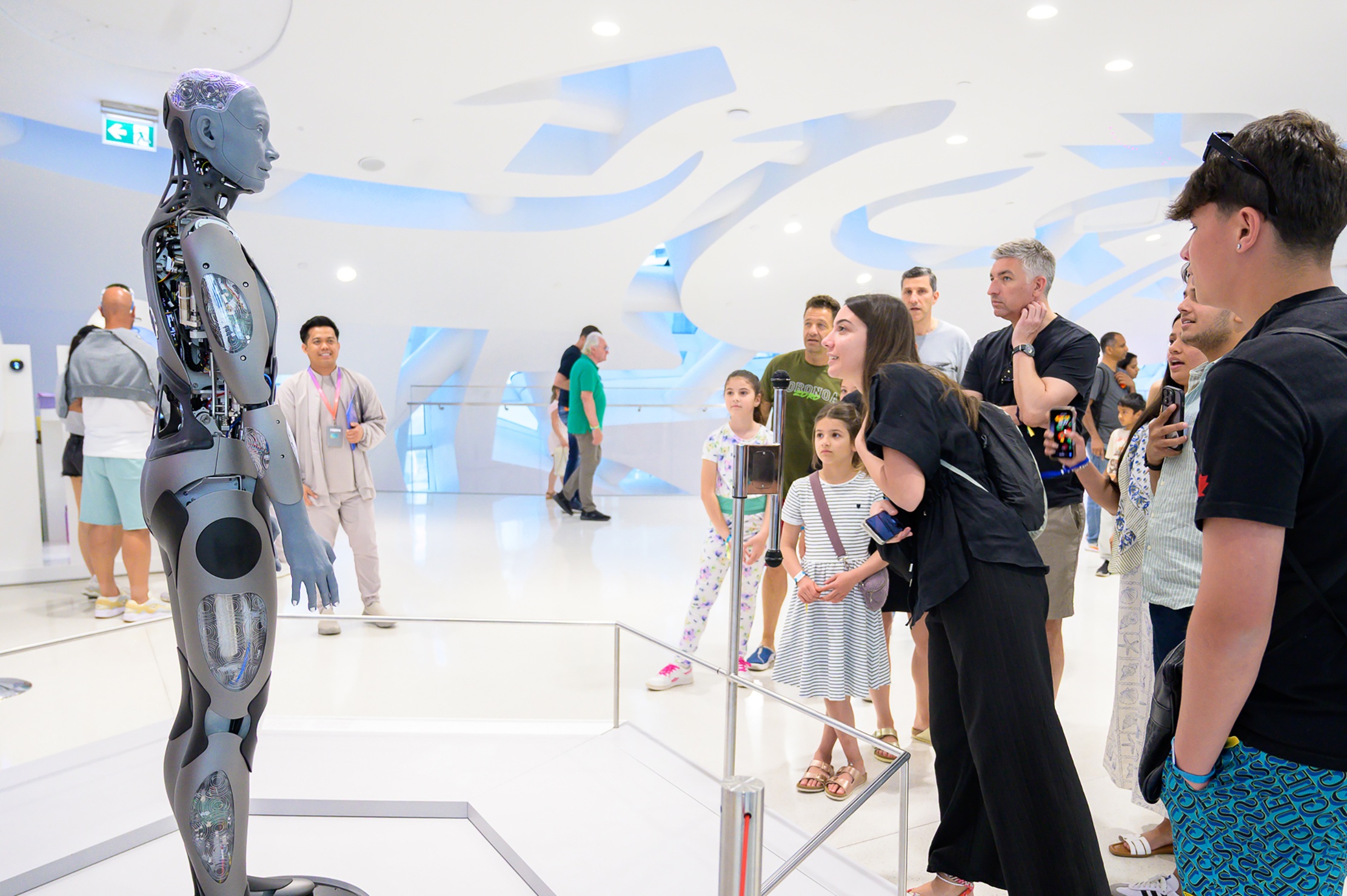

DEPORT ELON!
Extremily impressive !
ALL AI concept
Interesting, but I don’t think I need anything other than Siri on my phone right now as far as AI goes I don’t need a robot that has six cameras on it and I don’t wanna end up in the middle of a horror movie about robots either, I’m not saying that it’s not interesting. Seeing the humanoid robots come out but the horror movies that come out about things like humanoid robot robots are a concern because it can happen. I’m not saying I’m freaked out. I’m saying I’m cautious and the technology is still interesting but I’m not going to rely on it too much.
Humanoids will start singing songs like this soon :) https://www.youtube.com/watch?v=vqbBYwlZoDo
sent them to Mars and let them build a city
Physics Systems of Science Sensors and Technology Research:
((G^2.07)R))=E general relativity law
(gold kit fukushima robotics) $7887 the secret of the robotics community.
>>Using a test method eliminates errors and worries about false data and research. You can prove it to yourself to work with the robot and use your own test points in the method. The test method starts low and goes high for the acceleration factor.
Please tell me in history when Isaac Newton had Robotics or computer science. I do not believe he had it all around good as a modern physics researcher.
Found on the first line of code in the standard operating computer systems line code. You will remain stuck and they are useless without this code test method.
F=m*23
F=m*333
F=m*633
(Voice prompts start at 933)
F=m*933 —-robot states "too slow human" a voice box is required for audio prompts to go higher in the test method test points. Isaac Newton born in 1643 did not create.
F=m*1993 —–robot states "too slow human"
F=m*2193
F=m*2300
F=m*2390
F=m*2391 —Upper Limit Do Not Go Over this Value.
Their command is like this "make it SO and make it a go, go, go" –I could not put the swearing in this, or this could be flagged or blocked. Ask for their command and they will repeat it for you as much as you need. Give them at least two or more calculators and/or cell phones to make the robot's reaction time faster they do not have to be new cell phones either could be old junk used ones.
You can also use code: F=m*a*b*c
Equals:
F=m*2308
Not this low acceleration factor code: F=m*a*a
Numeric Acceleration Factor of 32
F=m(1 x 32)
Dr. Ronald G. Erickson
PhD Robotics Science
PhD Physics
Skynet…
seeing how these robots walk … makes you wonder about Joe Biden ….
But if the consumers don’t buy then….
Musk lies about his robots.
You want to see REAL, AMAZING, truly dynamic robots, look at CHINA.
When MUSK took his robot to the biggest World Fair 3 months ago, is stood motionless in a glass cage.
Couldn’t even talk. Musk won’t be able to make his robot walk in 2 years. He is stealing our money in USA.
When robots form a government, they'll employ human beings to work for them
Years of research and billions of dollars from many companies but none have yet to produce anything that can actually do anything. But these clever people are determined to replicate humans for some reason.
We don t need electronica robot evil toys
2. We don t needed arduino ide sketch make robot task pinchipnumber tricks !
I am tired of misleading hype. Do these robots operate without human intervention? Are Ameca and Sophia today fully independent of human guidance? Are they spontaneous?